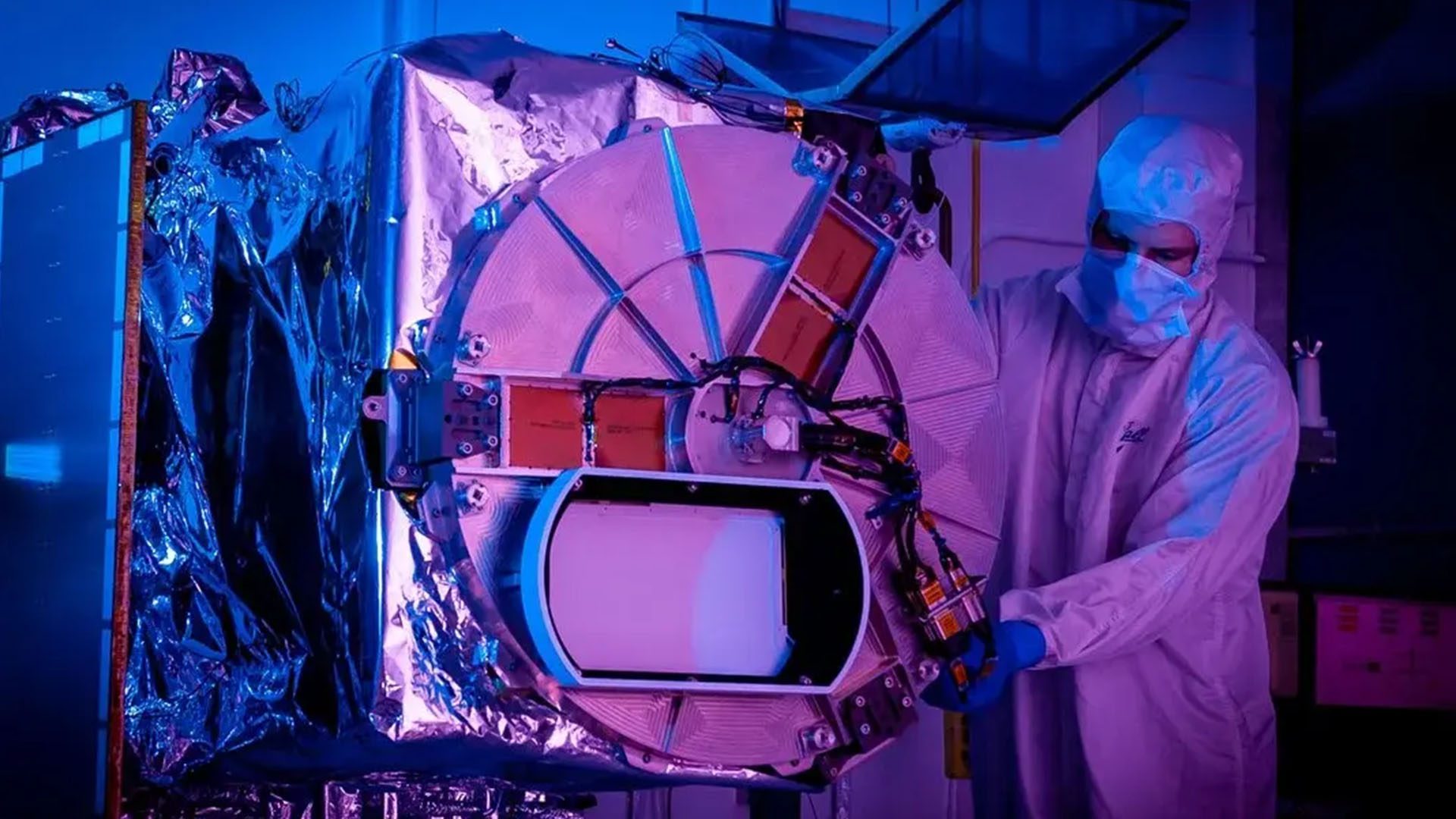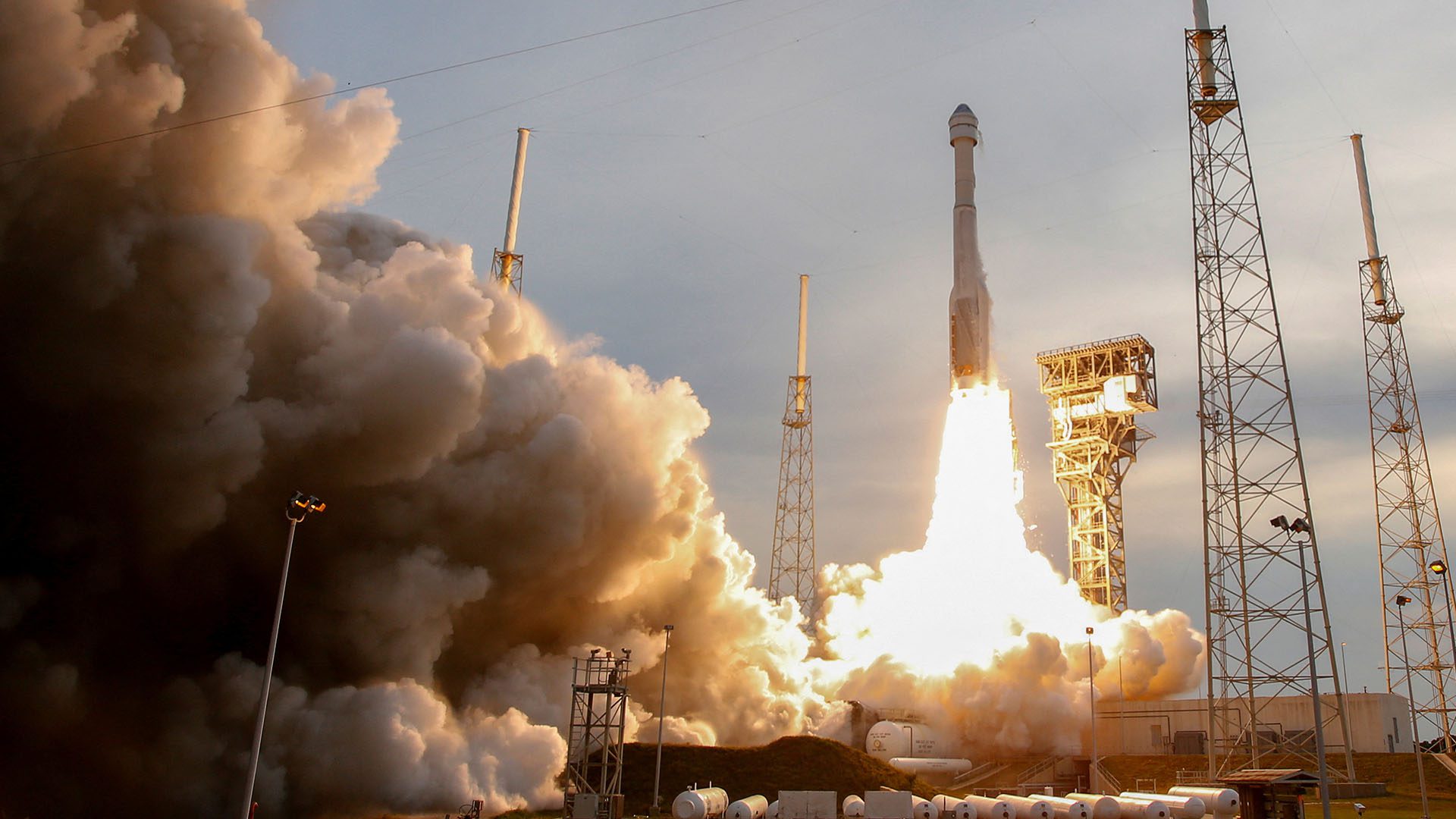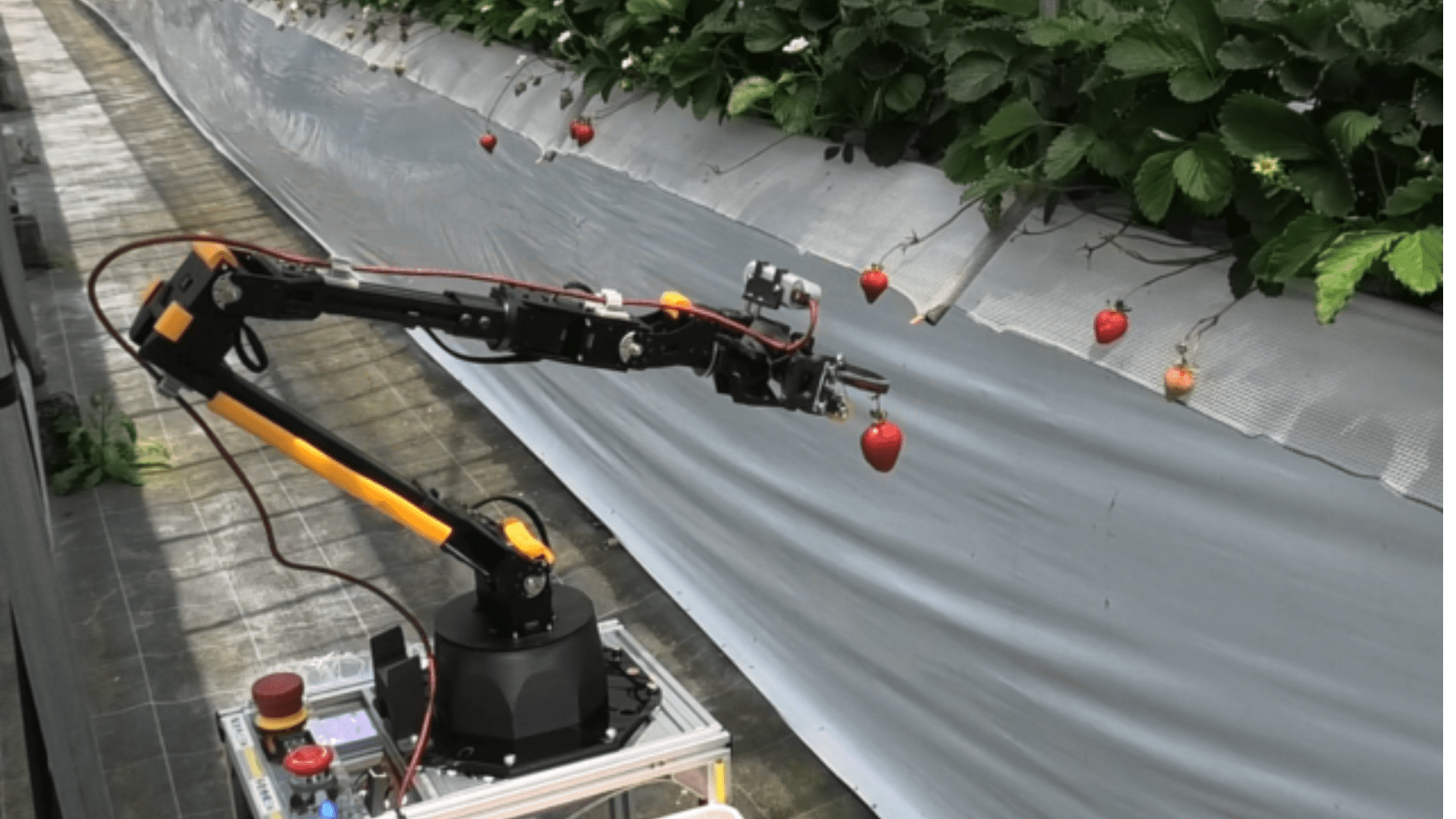On May 8, Rocket Lab’s Electron rocket successfully launched two of NASA’s Time-Resolved Observations of Precipitation structure and storm Intensity with a Constellation of Smallsats (TROPICS) CubeSats from the company’s Launch Complex 1 in New Zealand. The satellites will monitor the formation and evolution of tropical storms and hurricanes.
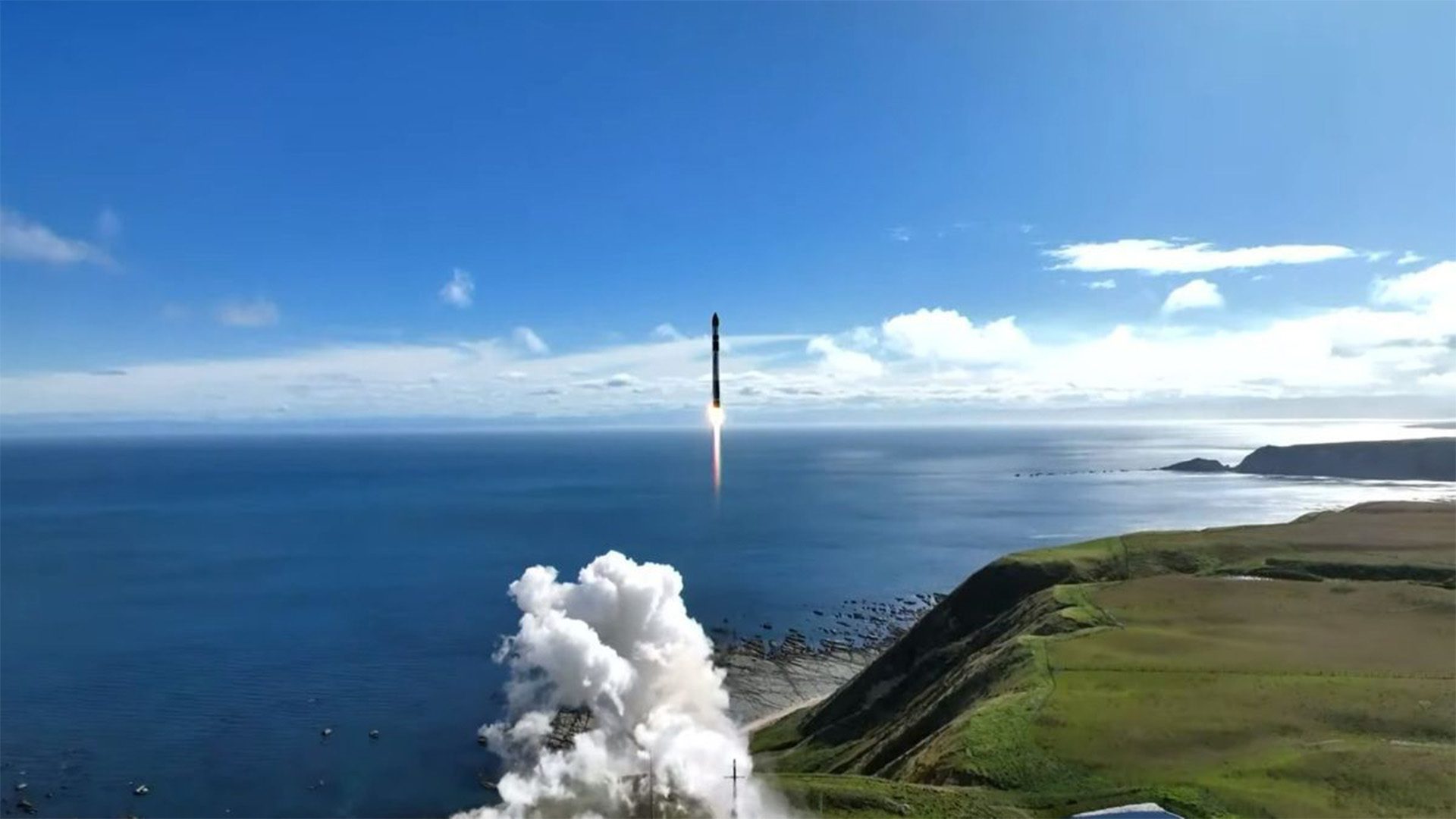
The TROPICS constellation will consist of four CubeSats in low Earth orbit; a second Electron is expected to launch the remaining two TROPICS CubeSats next week. If the second launch is successful, NASA experts believe that the four-satellite system will be in operation by the start of the Atlantic hurricane season this summer.
The constellation, which is part of NASA’s Earth System Science Pathfinder Program, requires launch into a 550-kilometer orbit (about 341 miles) at an inclination of about 30 degrees. Each pair of CubeSats must be launched to two specific orbital planes that are equally spaced 180 degrees opposite of each other.
Each of the four satellites is equipped with a microwave radiometer that can collect temperature and water vapor profiles. Together, the system will be able to provide hourly updates to monitor tropical storm development. In comparison, the current weather tracking satellites have a timing of about once every six hours. This high revisit rate will help scientists better understand the processes that affect tropical storms, ultimately leading to improved modeling and prediction.
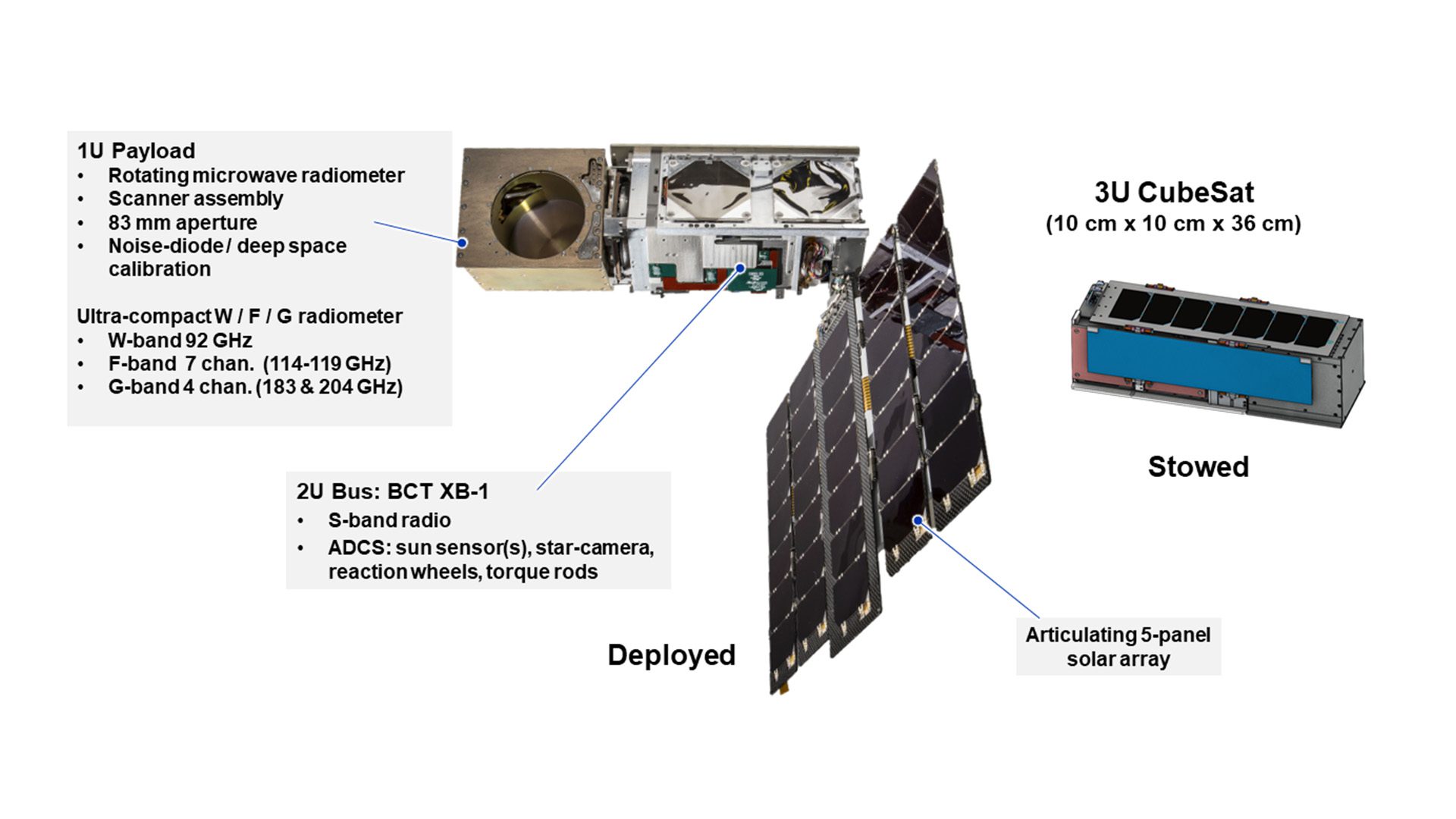
As William Blackwell, TROPICS principal investigator at the MIT Laboratory, added during a media call, “We’ll be getting data we’ve never had before, which is this ability to look in the microwave wavelength region in the storms with hourly cadence to look at the storm as it forms and intensifies. We hope to improve our understanding of the basic processes that drive the storms and ultimately improve our ability to forecast the track and intensity.”
The TROPICS constellation was originally planned to consist of six satellites. However, the first two CubeSats were lost when their launch mission failed during California company Astra’s launch in June 2022. The rocket failed to reach orbit when the rocket’s upper stage ran out of kerosene fuel and shut down permanently. NASA subsequently selected Rocket Lab to launch the remaining four satellites.





